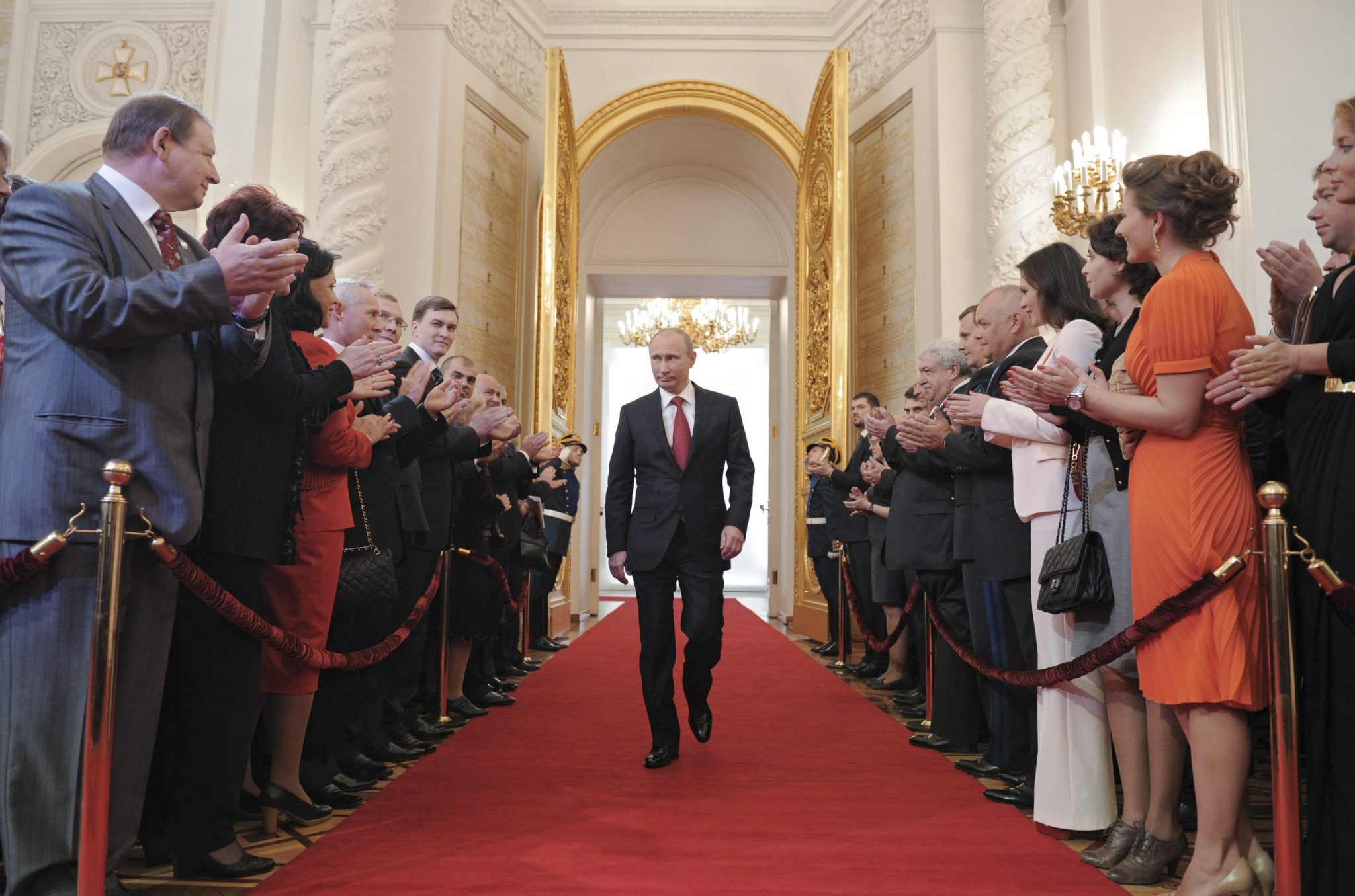
For much of Russian history, political change was largely accompanied by public protests and demonstrations. And with a meager record of free and fair elections, political dissent and public discontent has usually been expressed in the streets, and not in the voting booth.
The recent wave of demonstrations in Moscow and other major Russian cities is no exception, despite the absence of such open protest in the recent years of the increasingly authoritarian rule of Russian President Putin.
In fact, the recent demonstrations in Russia represent a trend more in common with traditional Russian history and less in terms of any new trigger. Moreover, despite the public display of courage and determination, these demonstrations neither suggest an emerging new opposition of any significance not any real threat to the Russian leadership of any severity.
The Deeper Drivers of Discontent
From a broader perspective, the demonstrations over entrenched corruption in Russia are driven less by corruption and more by particular aspects and attributes of a corrupt state system. More specifically, public outrage against corruption is common for a number of economies, most recently evident in mass demonstrations in Romania and in South Korea, where a sitting president was forced to resign over corruption charges. But in the case of Russia, and throughout many of the former Soviet countries, corruption has not only flourished, but has been largely tolerated.
The key difference in Russia and other post-Soviet states, however, is seen in the impact of state corruption, whereby widening disparities of wealth and power are more divisive and decisive as drivers of discontent. And as demonstrated even in the early period of Russia’s post-Soviet independence, Boris Yeltsin was able to leverage protests over privilege and patronage into positioning himself as a political outsider. Once in power, of course, Yeltsin reverted to the Russian traditional model of power and actually created an “oligarchic” system that only became more powerful and sophisticated through the Putin period.
Opposing Corruption Does Not Make a Political Opposition
Similarly, opposition leader Alexei Navalny, who is campaigning for the presidency in the 2018 election, has also crafted a political image and created a potent agenda based on exposing corruption within Russia’s state elite. But realistically, the thousands of ordinary Russian that turned out to demonstrate in Moscow and other cities and who braved the threat of arrest or risk of assault are not necessarily supporting Nalvany. And more significant, the participants in the demonstrations against corruption are not necessarily opposing the Russian government either.
Such an absence of any direct evidence suggesting that the demonstrations are elements of a new emerging opposition force does not diminish their significance, not does it damage their credentials. Rather, it suggests that the Russian state may simply choose a less confrontational response, offering to sacrifice a few personalities in order safeguard the system. Such a more subtle strategy, coming in the wake of a heavy handed reaction by the security services may do more to diffuse and de-escalate the situation.
One such sacrificial figure may actually be Prime Minister Dmitry Medvedev. Already somewhat embattled by corruption allegations by the docile yet dubious move by Communist deputies in the Russian Duma, Medvedev may be forced, yet again, to submissively surrender to the grander ambitions of President Putin. The inherent risk, however, is that any such sacrifice of Medvedev may backfire, damaging Putin and his ever smaller circle of advisers with the taint of corruption of a close official. A related risk is that any such strategy may also vindicate and validate Navalny’s anti-corruption campaign.
What Next?
Against this backdrop, the outlook for regime stability in Russia seems rather assured, especially as this wave of demonstrations, despite their unexpected scale and scope, lack the leadership or leverage necessary to inflict any lasting damage of the system. And the absence of any real or viable rival to Putin further suggests that the system will survive.
But over the medium- to long-term, the onset of these demonstrations reveals a deepening level of discontent and determined dissent that have not been seen in Putin’s Russia for some time. If this marks the beginning of a new wave of activism over apathy, then the arrogance of power that has come to define the Putin state will serve to undermine a system with little real defense.
And looking back to Russian history, no ruling regime has ever correctly foreseen its own downfall, which, in every case, was sparked by protests and demonstrations in the streets of Moscow and other Russian cities. In addition, this not only suggests a repeat of history where political change in Russia only comes in times of sudden, swift and serious periods of unrest, but also when the immediate aftermath of such systemic change is equally unpredictable; and is usually more deadly and destructive.
*Richard Giragosian is the director of the Regional Studies Center (RSC), an independent think tank in Yerevan, Armenia.



